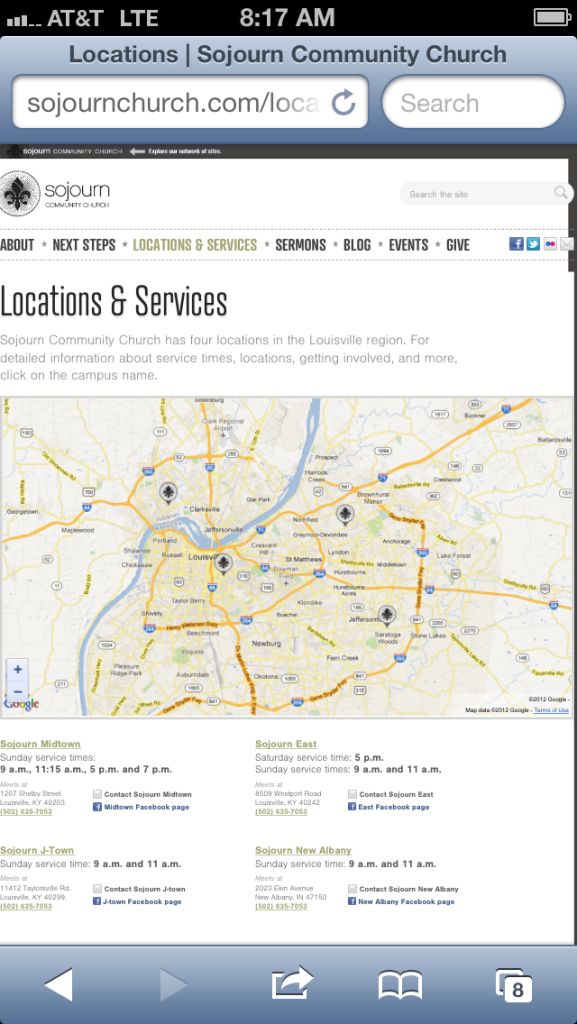In the church world, two outreach models have sometimes warred against each other.
The Attractional model says “Come and see.” It advocates for a well designed church building, top-notch Connect/Guest Services ministry, good signage, an excellently executed worship service and other well run programs and events. The point is to draw people in.
The Missional model says “Go and tell.” Instead of primarily drawing people to a specific location, the emphasis is on going into the community, living out the gospel in your everyday interactions, participating in the life of your city, using whatever gifts and interests God has given you: visual arts, sports, community planning, music. You’re a missionary, taking the gospel to your neighborhood, your favorite coffee shop, your circle of Little League parents, your local Farmer’s market.
In recent years many church leaders have said, “It’s not either/or; it’s both/and,” while others remain in one camp or another. But even a missional community may succumb to an “attractional only” online presence, and vice versa. Meanwhile, the “both/and” churches may invest more on one side or the other online, without knowing it. Lets look at how popular online tools fit within the missional/attractional models. These apply not only to churches but to businesses, bands, authors, and any other type of brand.
Attractional Online Strategy
Your website is the cornerstone of an attractional web strategy. An attractional-heavy strategy places all or most of your eggs in this basket. Your site looks attractive, it loads quickly, it provides incentives for people to visit and to linger. It contains all the info anyone would want to know about you (see my The Biggest Mistake On Your Church Website Homepage here).
Let’s look at some of the attractional elements we’ve built into My SongIn The Night. Obviously, our blog is front-and-center because we post new content at least twice a week. We’ve also embedded a free offer for Kristen’s worship EP The Whole Big Story in the right-hand column. And by clicking the Streampad “Click To Play All Posts” bar at the bottom of this site, you can freely listen to all our worship songs, including the ones recorded by Sojourn Music.
Podcasts are attractional as well. Many people love to subscribe to fun or thought-provoking podcasts. And of course don’t forget videos.
Missional Online Strategy
Social media networking is the ultimate missional strategy. Instead of pulling people to a website, you go where they are: Facebook, Twitter, Instagram, Google+, LinkedIn and whatever social network contains an audience with whom you’d like to connect. See my E.E.R.I.E. system of social media networking here, Social Media For Churches here and my Social Media Marketing for bands here.
But not so fast! Even if you want to be missional, you can fall into an attractional mindset on social media. Lots of brands spend much time and money customizing their Facebook page to the fullest extent Facebook allows. They treat their Facebook page like a website. And that’s fine if you’ve got the resources for it.
But Facebook users are far more likely to engage you when they see your updates and photos on their Timelines, not on your brand page. Many of those who like your page only go there one time (when they initially click “Like”). Remember, you have to create compelling content and engage with people. The same goes with Twitter — most of your Twitter followers will not visit your Twitter.com home page — they’ll only see your tweets. The coolest looking Twitter profile in the world won’t do you any good if you’re not engaging and reciprocating with your followers.





